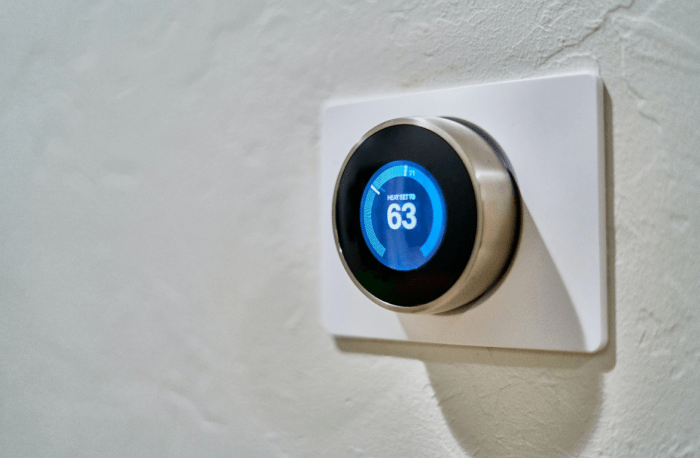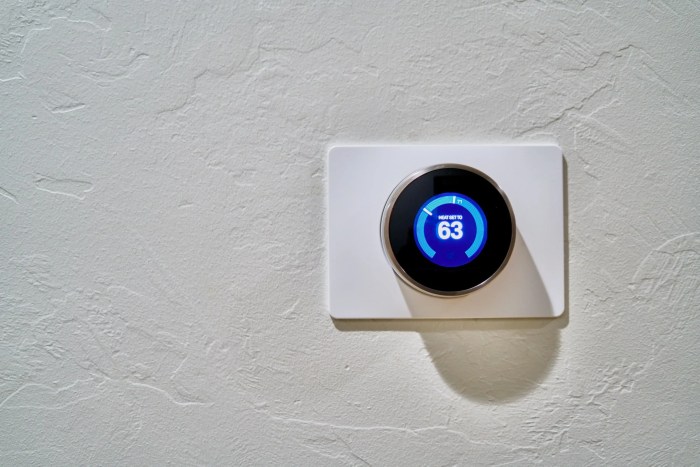Exploring the realm of Smart Thermostats and Their Role in AC Efficiency, readers are invited to delve into a world where energy conservation meets technological innovation. This introductory passage sets the stage for a captivating journey through the landscape of air conditioning optimization.
Delve deeper into the significance of smart thermostats and their impact on AC efficiency in the following paragraphs.
Importance of Smart Thermostats in AC Efficiency

Smart thermostats play a crucial role in enhancing the efficiency of air conditioning systems by optimizing temperature settings and reducing energy consumption. These devices offer advanced features that help users regulate cooling patterns effectively, resulting in improved AC performance and cost savings.
Features of Smart Thermostats for AC Efficiency
- Programmable schedules: Smart thermostats allow users to set specific schedules for cooling, ensuring that the AC runs only when needed, leading to energy savings.
- Remote access and control: With the ability to adjust settings remotely via a smartphone or tablet, users can optimize AC usage even when away from home, maximizing efficiency.
- Learning capabilities: Some smart thermostats can adapt to user preferences and lifestyle patterns, automatically adjusting temperature settings to save energy without sacrificing comfort.
Integration with HVAC Systems
Smart thermostats seamlessly integrate with HVAC systems to improve overall efficiency by providing accurate temperature control and system optimization. These devices are compatible with various types of air conditioning units, ensuring widespread applicability. Additionally, smart thermostats can work in conjunction with HVAC zoning systems to create customized cooling zones, further enhancing efficiency and comfort.
User Experience and Energy Savings
- Enhanced user experience: Smart thermostats offer convenient features like intuitive interfaces and mobile apps for easy control, making it simple for users to manage their AC systems efficiently.
- Adaptability to user preferences: By learning user habits and adjusting settings accordingly, smart thermostats help save energy by avoiding unnecessary cooling when occupants are not present.
- Tips for energy efficiency: Users can maximize energy savings by utilizing features such as geofencing, occupancy sensors, and energy usage reports provided by smart thermostats, allowing for informed decisions on optimizing AC usage.
Conclusive Thoughts

As we conclude our exploration of Smart Thermostats and Their Role in AC Efficiency, it becomes evident that these devices are not just gadgets but essential tools in the quest for energy-efficient cooling solutions. The discussion encapsulates the essence of smart technology merging seamlessly with environmental consciousness.
FAQ Resource
Can smart thermostats really help reduce energy consumption?
Yes, smart thermostats can optimize temperature settings and regulate cooling patterns to reduce energy consumption effectively.
Are smart thermostats compatible with all types of air conditioning units?
Smart thermostats are designed to be compatible with a wide range of air conditioning units, providing flexibility in integration.
How do smart thermostats enhance user experience?
Smart thermostats adapt to user preferences and lifestyle patterns, offering a seamless and personalized AC control experience.
What are some tips for maximizing energy efficiency with smart thermostats?
Maximize energy efficiency by utilizing programmable schedules, remote access features, and adjusting settings based on occupancy patterns.



